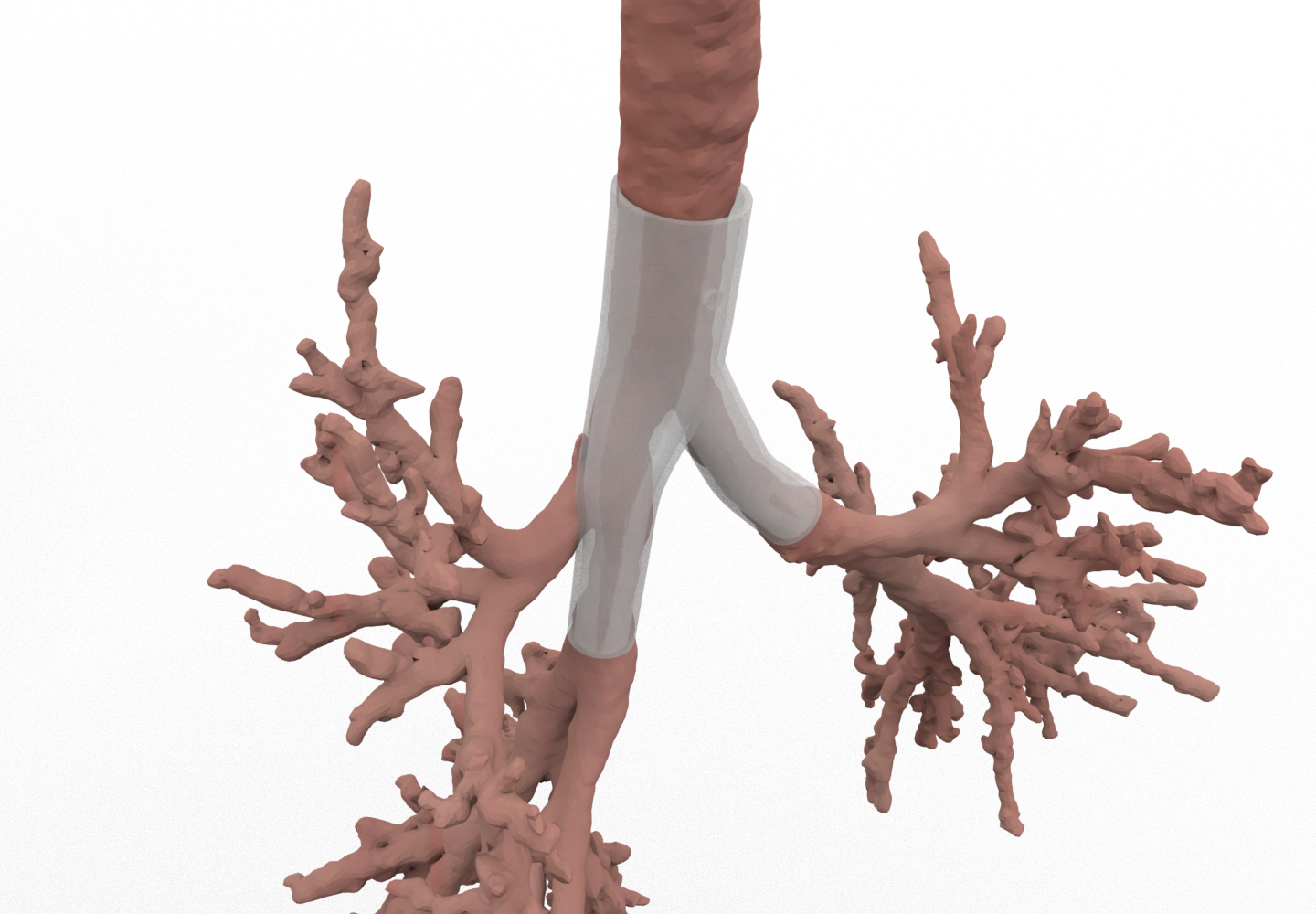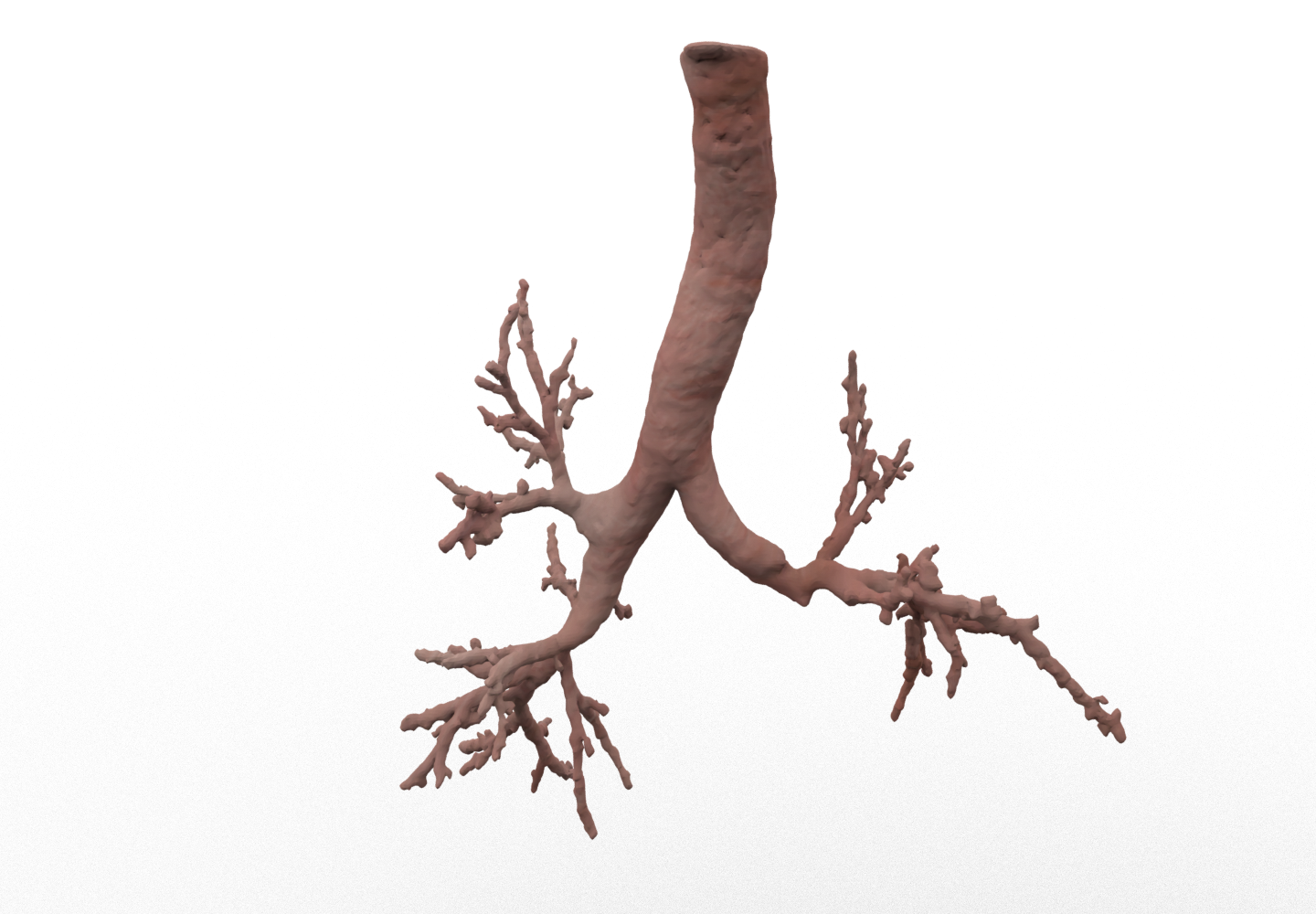Clinical Results & Findings
Proven results treating central airway obstruction.
VisionAir 3D Stents provide a longer stent life than standard stock airway stents, resulting in an increased time between stent replacements.
How are physicians using VisionAir 3D Stents?
VisionAir 3D Stents currently treat a variety of underlying diagnoses including complex disease where patients present with multiple types of obstruction.
Complex vs. Single Disease

Current Use Statistics

*Data current as of 2023
Our stents have broad FDA-cleared indications for patients with symptoms associated with central airway obstruction (CAO).
VisionAir 3D Stents last longer than traditional stock stents.
VisionAir 3D Stents provide a longer stent life than traditional stock airway stents resulting in an increased time between procedures.
Proven results treating Central Airway Obstruction (CAO).
VisionAir 3D Stents provide a longer stent life than standard stock airway stents, resulting in an increased time between stent replacements & procedures.

Proven results treating Central Airway Obstruction (CAO)















